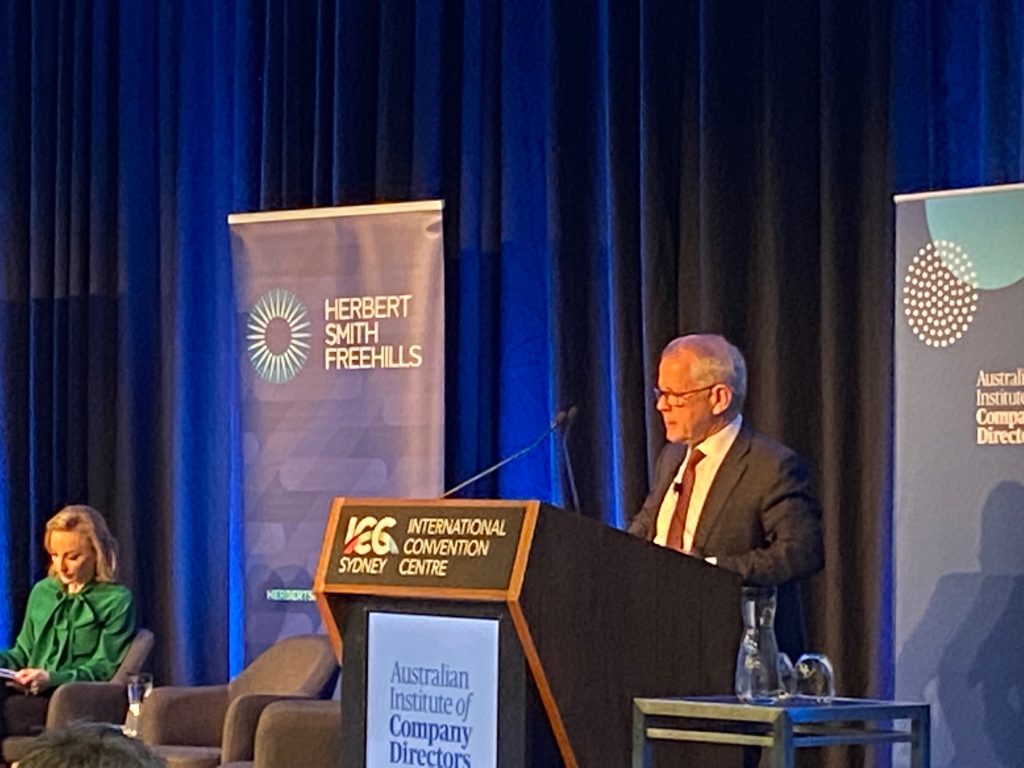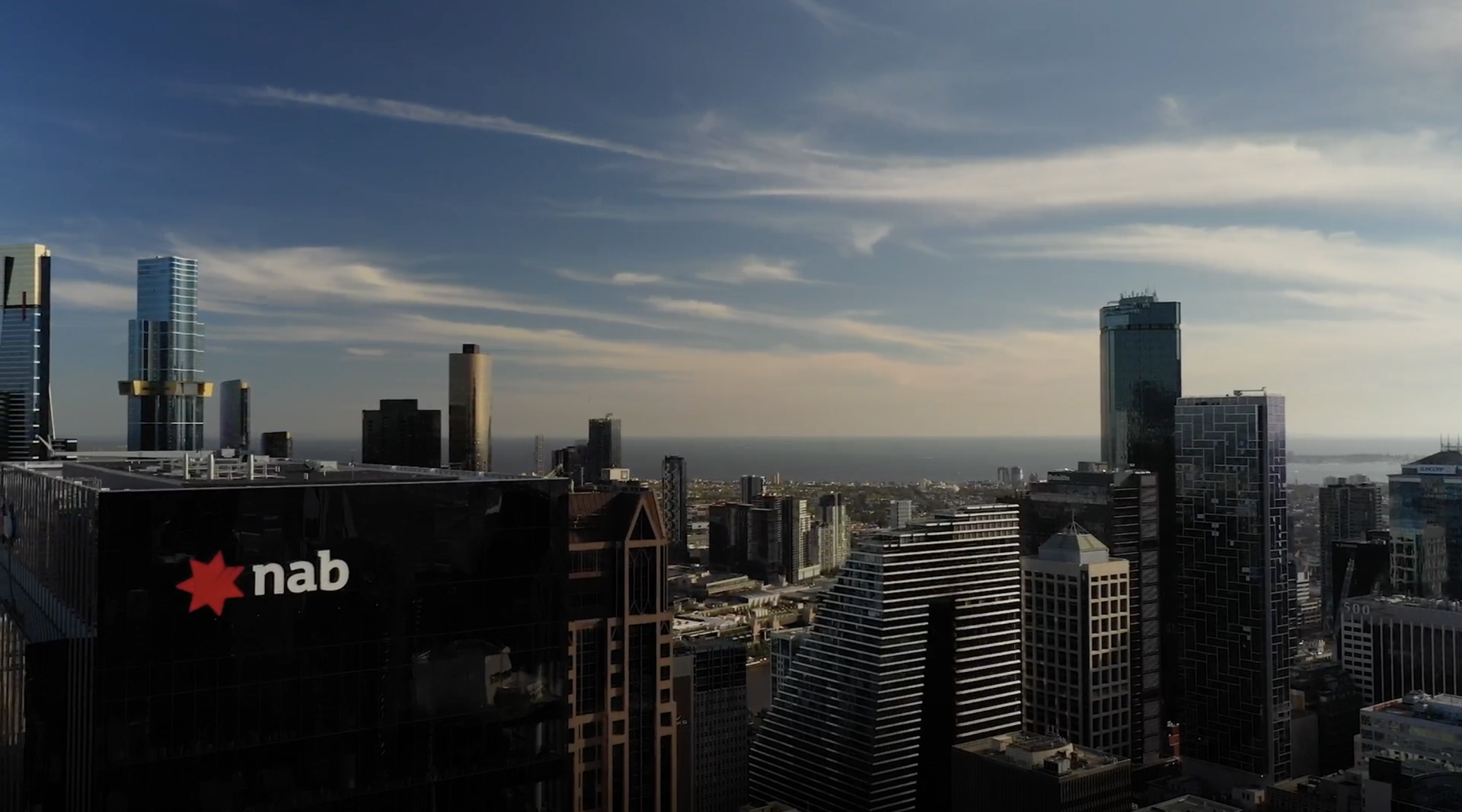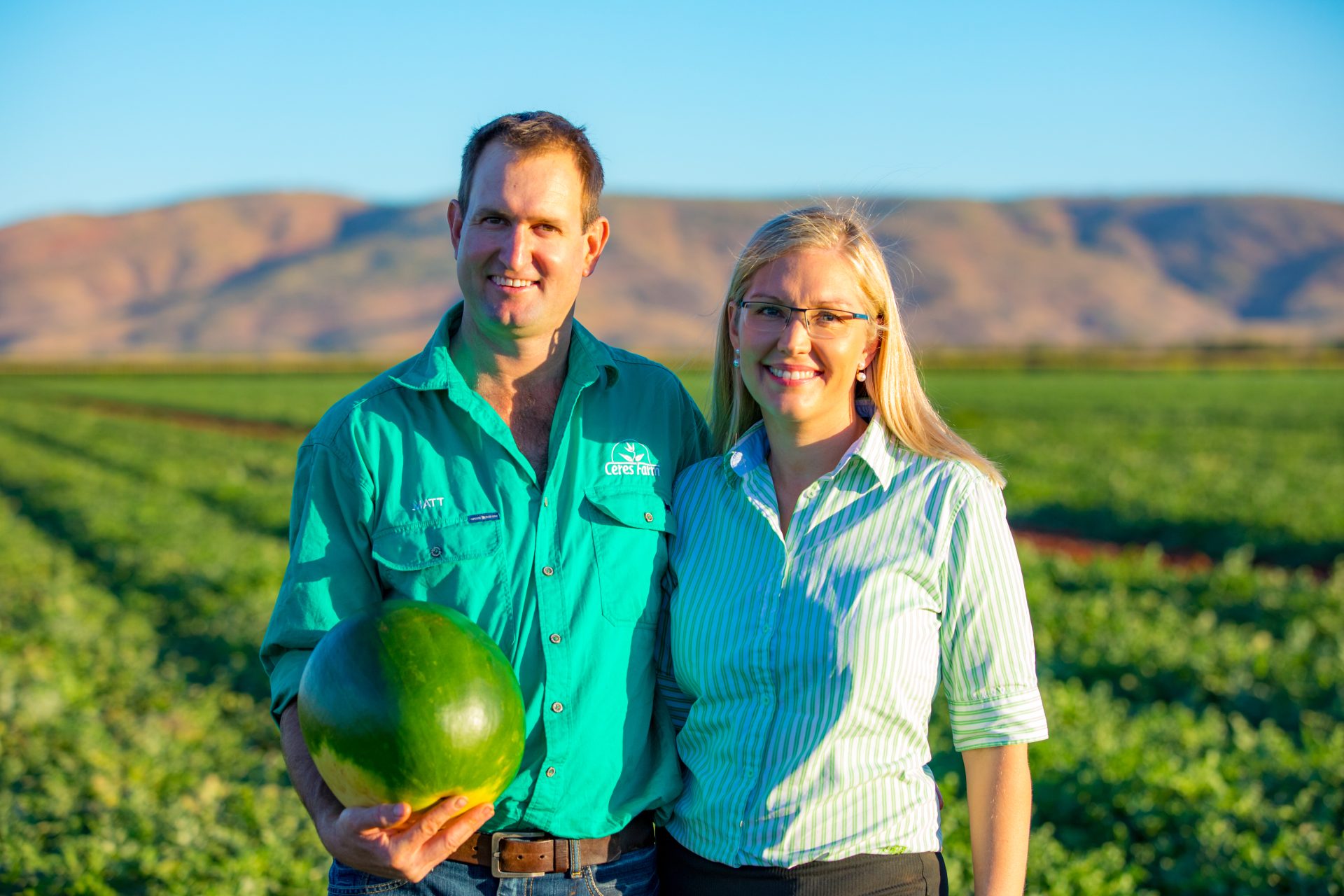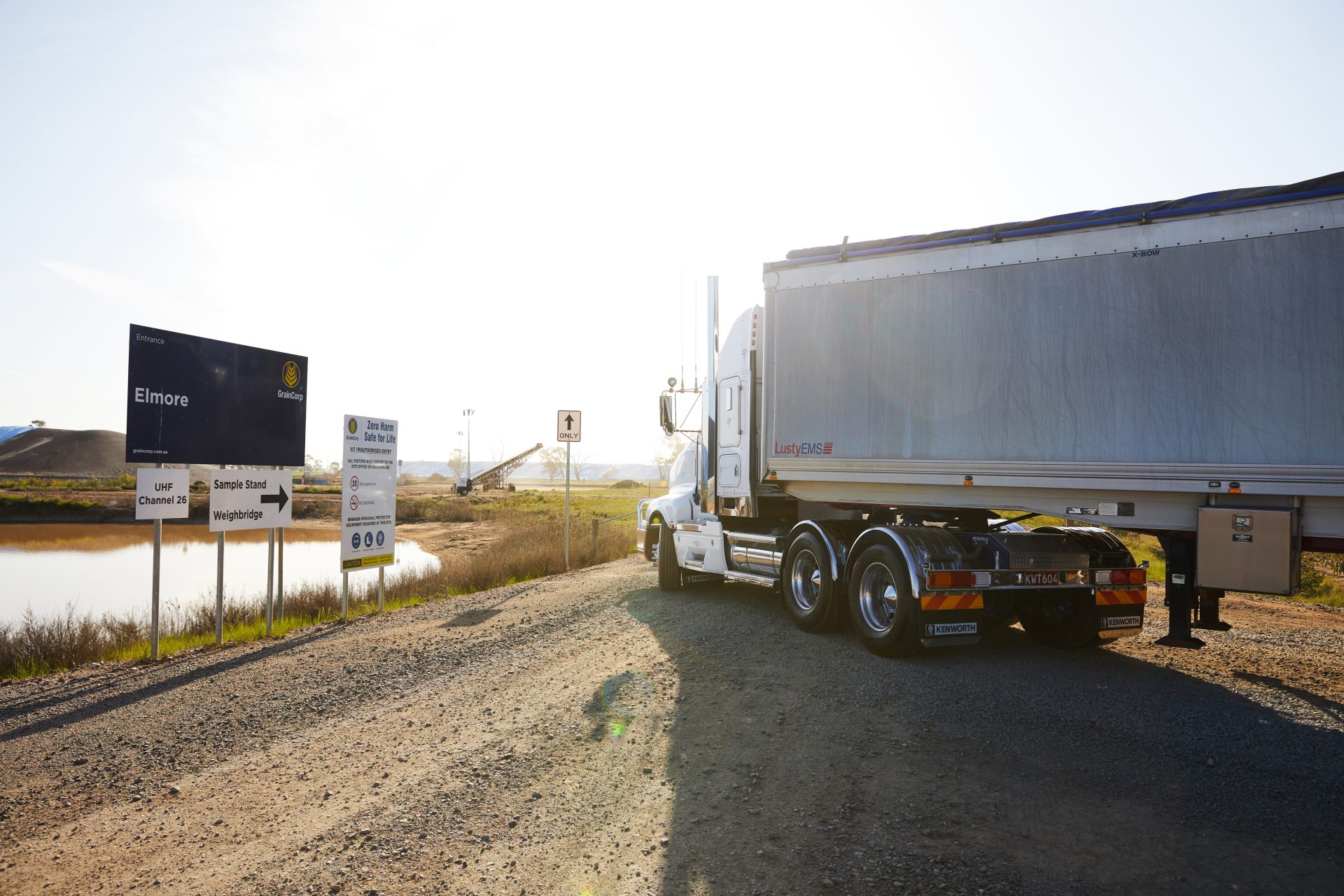In an address to the Australian Institute of Company Directors’ (AICD) Climate Governance Forum on Monday, 1 August, NAB Chair Phil Chronican shared how the NAB Board is acting on climate change and how NAB will play a role in the transition to net zero.
In his speech, Mr Chronican also discussed NAB’s ‘All Systems Go’ climate research that was released last week.
Check speech against delivery
Thank you and good morning. It is very pleasing to be with you today at the Australian Institute of Company Directors inaugural Climate Governance Forum.
I would like to begin by acknowledging the Traditional Owners of the land upon which we have come together today – the Gadigal people of the Eora nation, their elders, past, present and emerging.
I acknowledge any Aboriginal or Torres Strait Islander people here today and related to that acknowledgement, I would encourage people to consider how you can support the From The Heart campaign and how the organisations you represent might also do so.
Indigenous recognition is one of the obvious societal opportunities for Australia, and climate change is unquestionably another.
I will be talking today about climate change, the environmental and economic opportunity before us, and our roles in the transition to a low-emission economy.
It is a timely and critical discussion as we work toward the target of net zero carbon emissions by 2050. We are seeing more severe and frequent natural disasters in Australia and around the world.
As one example, the National Australia Bank board needs to ensure the bank sees long-term opportunities and challenges clearly and acts appropriately. Taking this long-term view is critical to protecting and building value for shareholders and keeping the communities that we serve safe. All your Boards have the same responsibility, regardless of your size or industry sector.
Climate change is one of – if not the most significant long-term challenges and opportunities we all face.
We only need to look to the record hot summer and resultant wildfires in Europe or floods in NSW, which have hit some communities twice this year alone. It was not that long ago that these same communities – places such as Armidale, Ballina, Blue Mountains and the Clarence Valley – were dealing with drought or bushfires.
Australians, including our customers, want action. They have provided a clear mandate to the new Federal Government for more action on climate and want to be part of the journey.
In that spirit, we’ve seen our new Parliament start debating climate legislation in the last week. Certainty on targets is crucial. The sooner we get to consensus about what 2030 looks like, the more efficient and effective investments will be.
At the same time investors are looking deeper into the governance of their investment portfolios. They want to know what the companies they hold are doing to prepare for a net-zero carbon world.
That includes their investments in the bank. Over the past two years, climate change has moved from being a subject raised only occasionally by our investors, customers and colleagues, to one that now regularly features in our conversations.
Amongst investors, these conversations typically focus on the actions we are taking to align our portfolio to net zero emissions by 2050. Investors are also focused on both how we manage the risk that climate change poses to our business, and the opportunities in financing the transition.
This includes our commercial products and solutions, such as our plans to scale green loans to our Agri customers and Carbonplace, the carbon credit settlement platform that NAB is developing in collaboration with other large financial institutions globally.
Stakeholder interest in climate change is intensifying and fuelling Australia’s commitment to the shift to net-zero, both from government and business. It is getting us closer to clarity on the path for business to be able to invest effectively and with certainty.
That is the switch we need to make – it is important that we focus the discussion on a more positive framework, and the opportunities created through the necessary change.
While we have a good understanding of the significant challenges of getting to net zero, we can do better highlighting the opportunities that come with a transition to a low carbon economy.
For NAB, we’re listening to our customers and colleagues, listening to the experts, developing research, and collaborating with government, industries and leaders like yourselves to set us on the right path to better understanding and unlocking the potential.
Maximising that potential requires effective management of risk, which is an inherent part of our business.
Climate change represents a significant financial and social risk and we are helping to tackle the issue through what we can control – finance.
NAB will support our customers and communities through the transition and help fund the investments required. Our goal is to align our lending portfolio to a scenario of net-zero emissions by 2050, using the International Energy Agency’s Net Zero Emissions scenario as the reference point to guide our decarbonisation pathway.
We were the first Australian member bank of the United Nations’ Environment Programme Finance Initiative’s Collective Commitment to Climate Action. We have joined the associated Net Zero Banking Alliance, which taken together set out concrete and time-bound actions for member banks.
We are progressing to set 2030 financed emissions targets for key sectors aligned to 1.5 degrees decarbonisation pathways. They will cover on-balance sheet lending and investment activities.
We are winding down our financing of fossil fuels while we support an orderly transition of Australia’s energy system. Recent supply interruptions have emphasised the importance of energy security and an orderly transition to renewables. NAB was the first major Australian bank to have set an upper limit on oil and gas extraction and production exposures. We’ve also put restrictions on lending to greenfield gas projects.
We will not directly finance any greenfield oil extraction project or onboard new customers predominantly focused on oil extraction. We will not lend to new thermal coal mining projects or take on new thermal coal mining customers. We have set a target for our exposure to thermal coal mining to be effectively zero by 2030, aside from residual performance guarantees to ensure site rehabilitation.
Our focus on investing in renewables didn’t just happen in the last year or two. Since 2003, NAB has lent $11.5 billion to fund more than 150 global renewable energy projects, more than any other Australian bank. We are also well progressed in our target to source 100% of our own electricity from renewable sources by 2025.
To get to net zero, every business in every industry will have to evolve. Every household will need to make changes. This is where a bank like NAB is helping.
As a priority, we are working with 100 of our largest greenhouse gas-emitting customers to develop or improve their transition plans by 2023. We are supporting customers to decarbonise and build resilience to climate change.
In the past few months, I’ve met with leading businesses in different sectors – including raw materials and manufacturing – that have established plans, clear targets and good knowledge of the technologies that are going to allow them to make significant inroads to reducing their emissions.
They’re looking at every element of their businesses to see where changes can be made to reduce carbon emissions. Progress is already being made in many instances.
Our customers are taking this seriously. I’ve seen even those in the most emissions-intense sectors earnestly looking to get material reductions in their emissions in the near term and aspiring to do their bit for the net-zero emissions target by 2050.
I’ve also visited agricultural customers to see how our farmers and foresters are adapting to a low carbon future. Farmers in Queensland who are reusing livestock waste to create biogas. Other farmers trialing new crops to improve carbon absorption in the soil and reduce methane emissions from livestock when used as feed.
Across the industry, there’s an increasing recognition of the importance of protecting and restoring natural environments and its correlation with profitability.
The commercial opportunity to finance the climate transition is massive. The low-carbon solutions that must be developed and deployed for this transformation requires investment. Disruptive innovation involves some risk taking and the coordination and backing of business, industry and government is critical. History has shown that only a small percentage of inventive concepts reach commercial viability.
There are good examples of this kind of partnership in action, such as the NSW Government’s $633 million commitment to electric vehicles. We look forward to seeing details of the Australian Government’s Powering Australia Plan, including its commitment of up to $3 billion from the National Reconstruction Fund to invest in areas including green metals and clean energy manufacturing.
Before us is an opportunity to become a leader in renewable resources and low-carbon technologies.
NAB recently commissioned research with Deloitte Access Economics to better understand the economic opportunities in the transition to a net zero economy.
We also wanted to make a well informed and proactive contribution to the national discussion on how Australia will transition.
It builds on research undertaken for the Business Council of Australia that showed if coordinated and early action is taken, we stand to gain around $890 billion in additional economic output over the next 50 years.
The report reveals:
- What it will take, in economic terms, for Australia to reach net-zero by 2050;
- The new investment required to 2050, over and above what we would otherwise be investing; and
- The reallocation of capital to 2030, away from emissions-intensive activity and into low emissions activity to enable the economic growth potential and avoid driving up costs.
It focuses on the opportunity for Australia and is in line with NAB’s role to support the Australian economy and our role funding our customers to transition.
It provides an economic evidence base that supports the view that climate transition is a whole of economy issue. 2050 targets won’t be achieved by one industry alone – we will all need to make changes.
The next decade is critical. We need to mobilise funding to make the structural changes needed in our economy, that will set us on a path to grow and create jobs.
If Australia meets 2050 targets, our economy will look different to what it does today; it must be structurally different to achieve net-zero.
The research examined the dynamics of economic capital – core to what makes Australia’s economy grow – and how this will be reprioritised, and what will be new, out to 2050.
It looks at the change to capital and industry investment as Australia transitions, and what new capital investment is required to achieve net zero, alongside what changes.
Australian governments and industries will invest around $20 trillion to 2050 – regardless of whether we become net zero.
But in becoming net zero, we will spend that $20 trillion differently.
We will reallocate it out of emission intensive activity and into new low emission activity.
We need $420 billion in new investment as a result of the changes occurring as the economy becomes net-zero (for example, less emissions, technological improvement, new industries like hydrogen scaling up and new job formation). This is additional new capital required to become net zero by 2050, above and beyond what Australia is already spending.
So, the question isn’t “how much will net zero cost?” or “where does the money come from?”, the question becomes “where are we shifting our economic and growth priorities – and what new capital is needed in that investment mix?”. The $420 billion is only a 2 percent uplift in total investment.
This analysis pinpoints the transition of our economy really comes down to four key economic systems that must become low emissions: energy, mobility, raw material manufacturing and food and land use. They represent around 90% of today’s emissions.
The Australian economy is going to grow and increase investment anyway. What we are changing is where we will invest and what will create economic growth.
This is the Great Reallocation – and it is a transformation that Australia can afford.
The research serves as another reminder of how interconnected and dynamic today’s economy is, with a shift in one area often having a domino effect.
To succeed we will need four things:
- more businesses to report on their direct and indirect emissions, with a simple and standardised approach across the economy to ensure transparency on progress;
- co-investment between governments, business and industry to accelerate the development of new low, zero and negative emissions technologies, such as a commercially viable hydrogen market;
- funding for greater research and development to find technology solutions for hard-to-abate sectors; and
- expansion of Australia’s carbon offset market – while emissions reduction needs to be the primary mechanism to achieve net-zero, we are uniquely placed to expand our offset market.
Australia’s transition to a low carbon economy is at a critical stage. If we get it right in the next decade, the opportunities are immense in both protecting our environment and growing our economy.
We will all have a role to play in delivering on this potential, for ourselves and future generations.
Thank you.
-ENDS-





